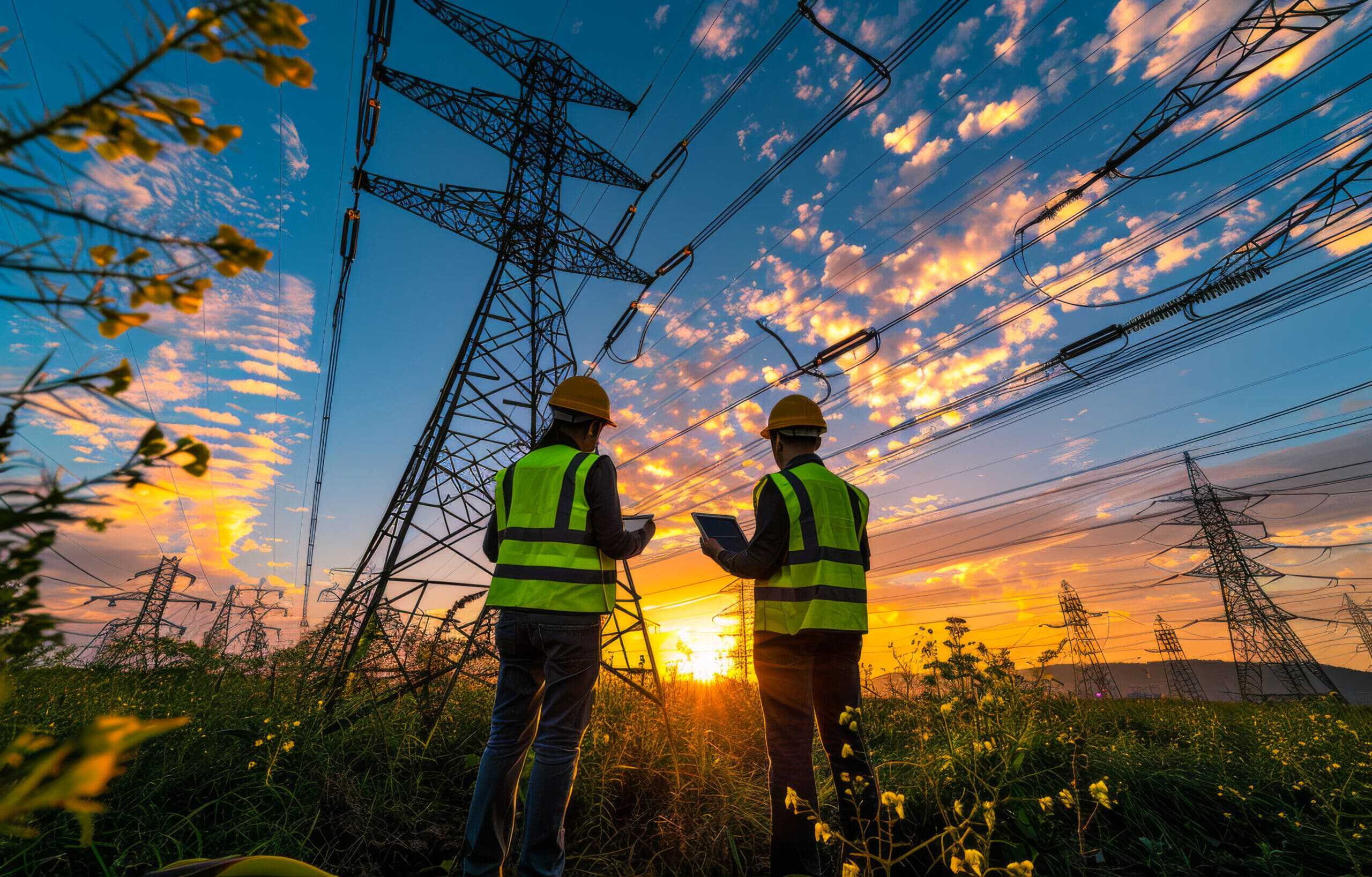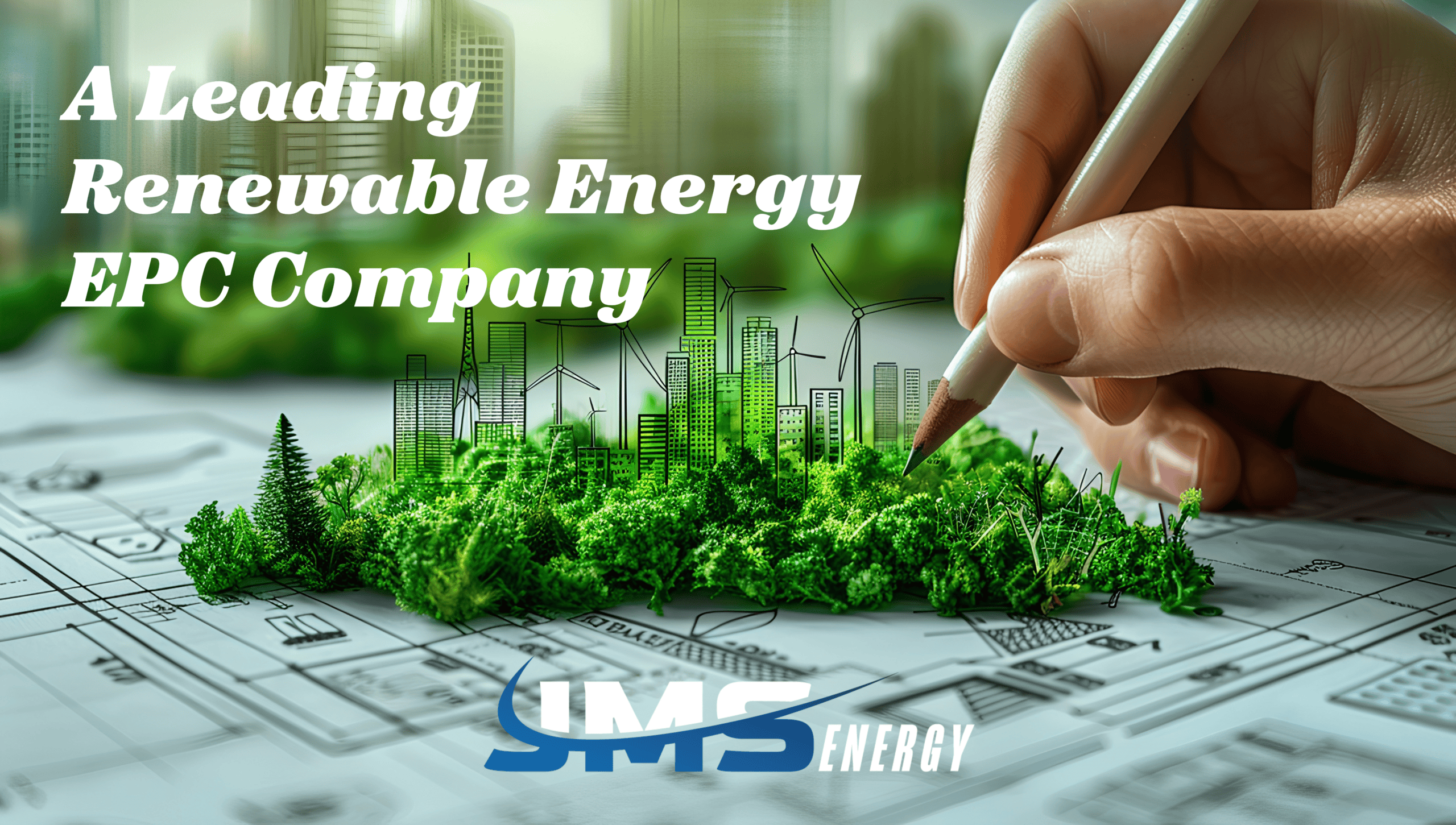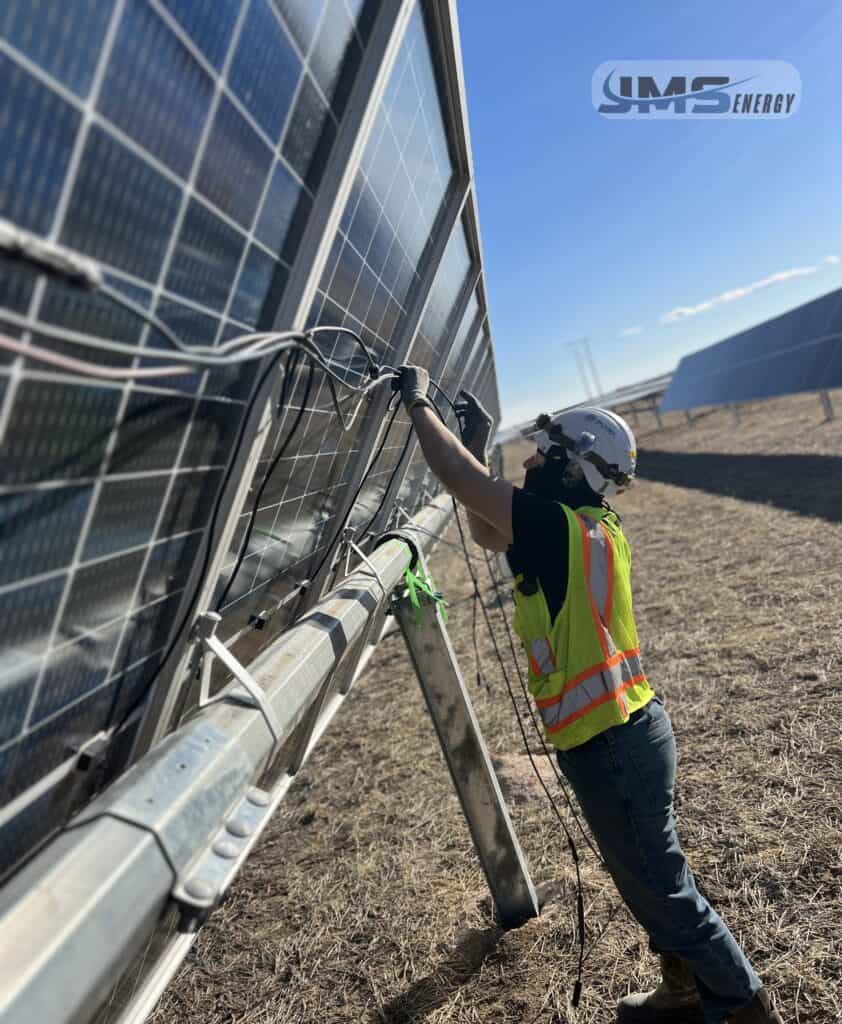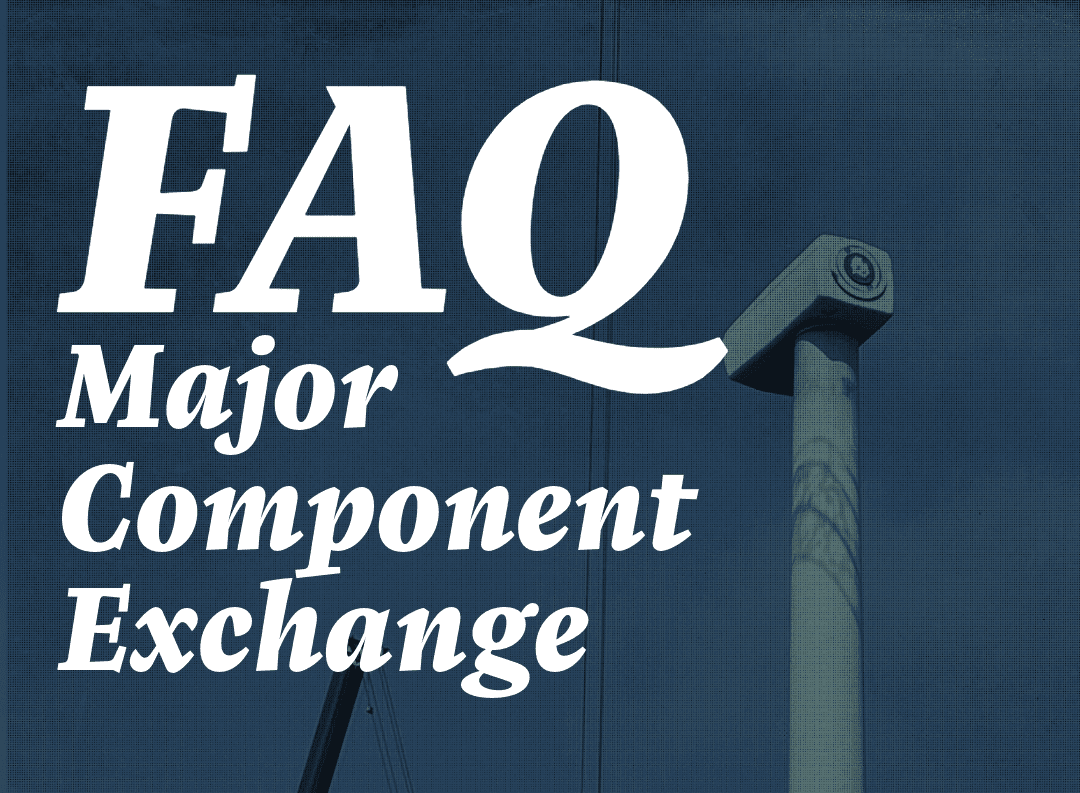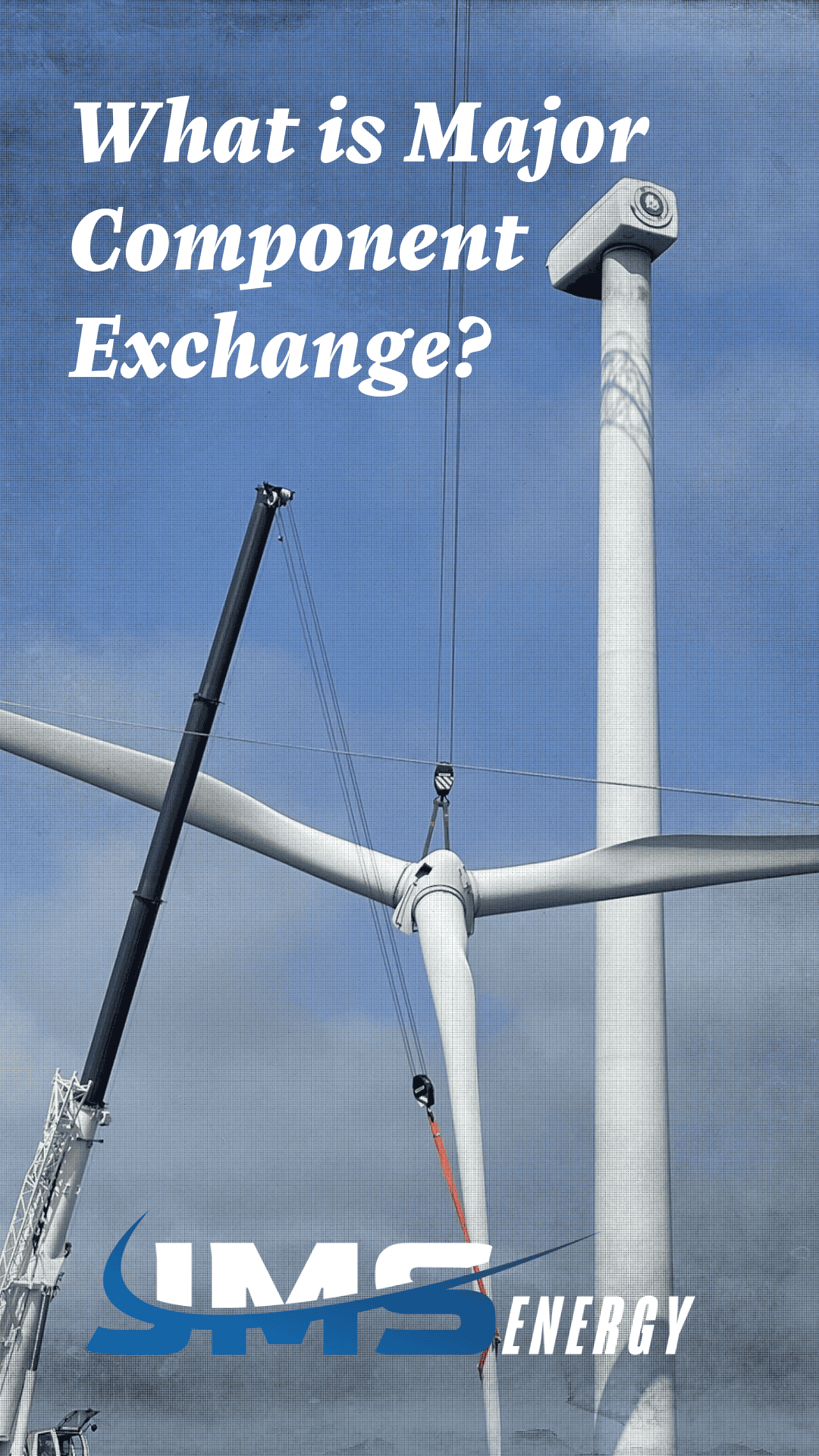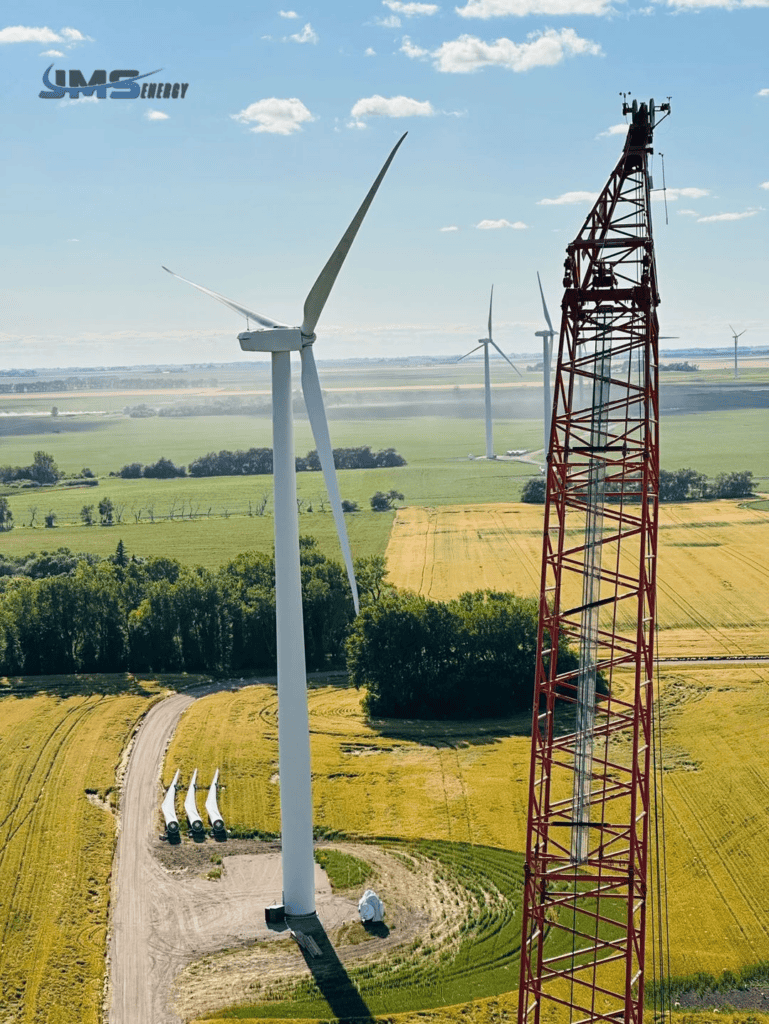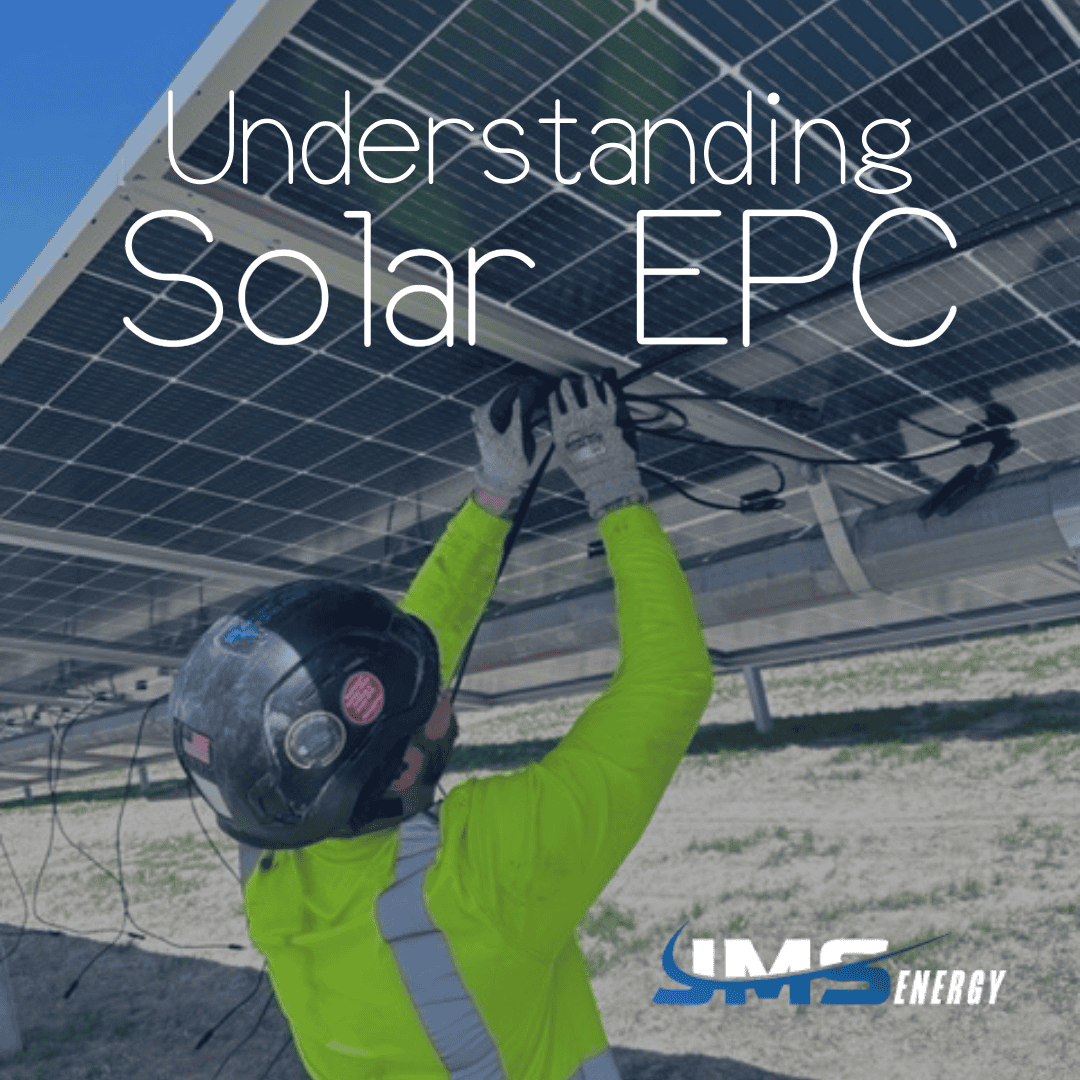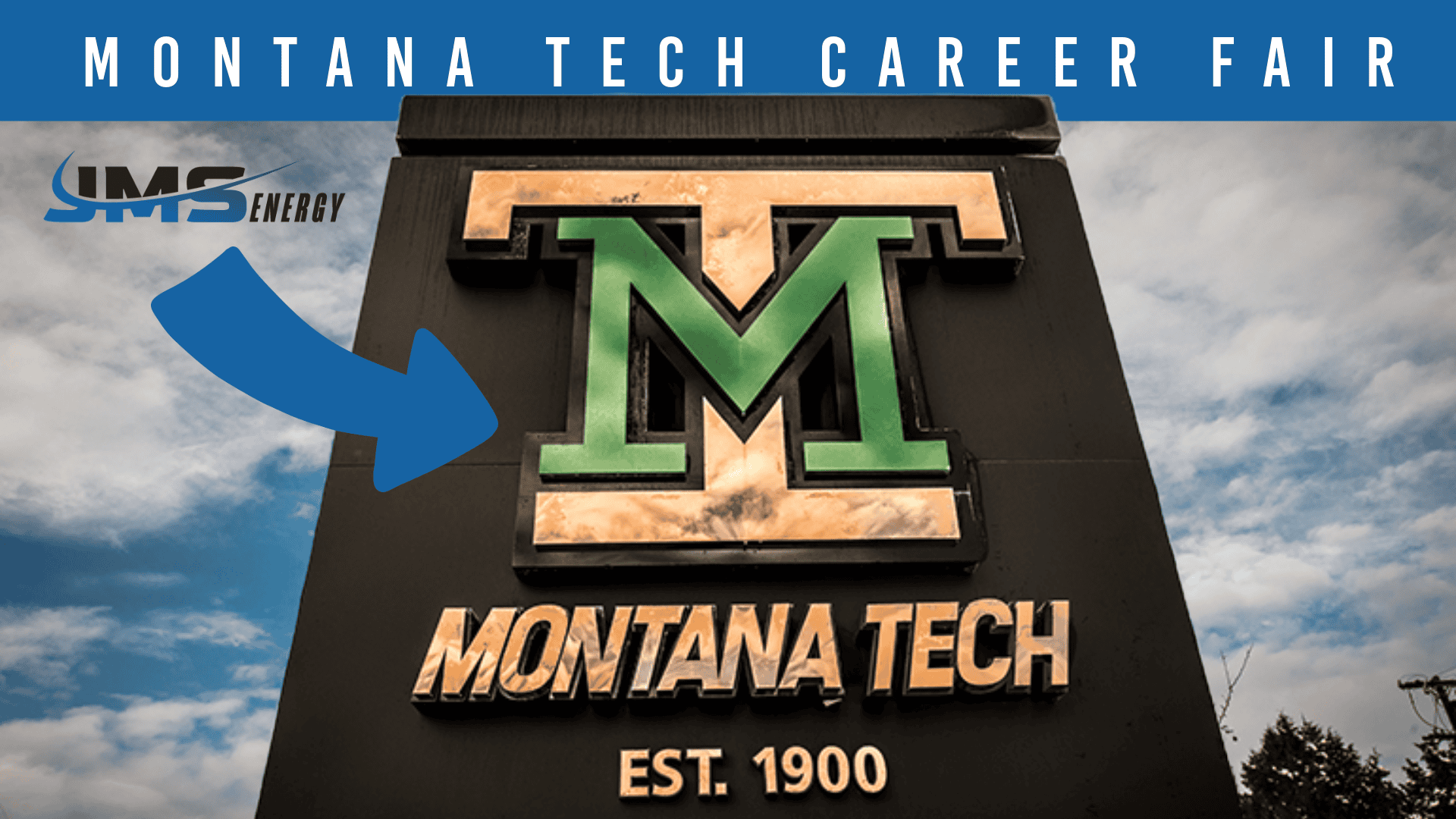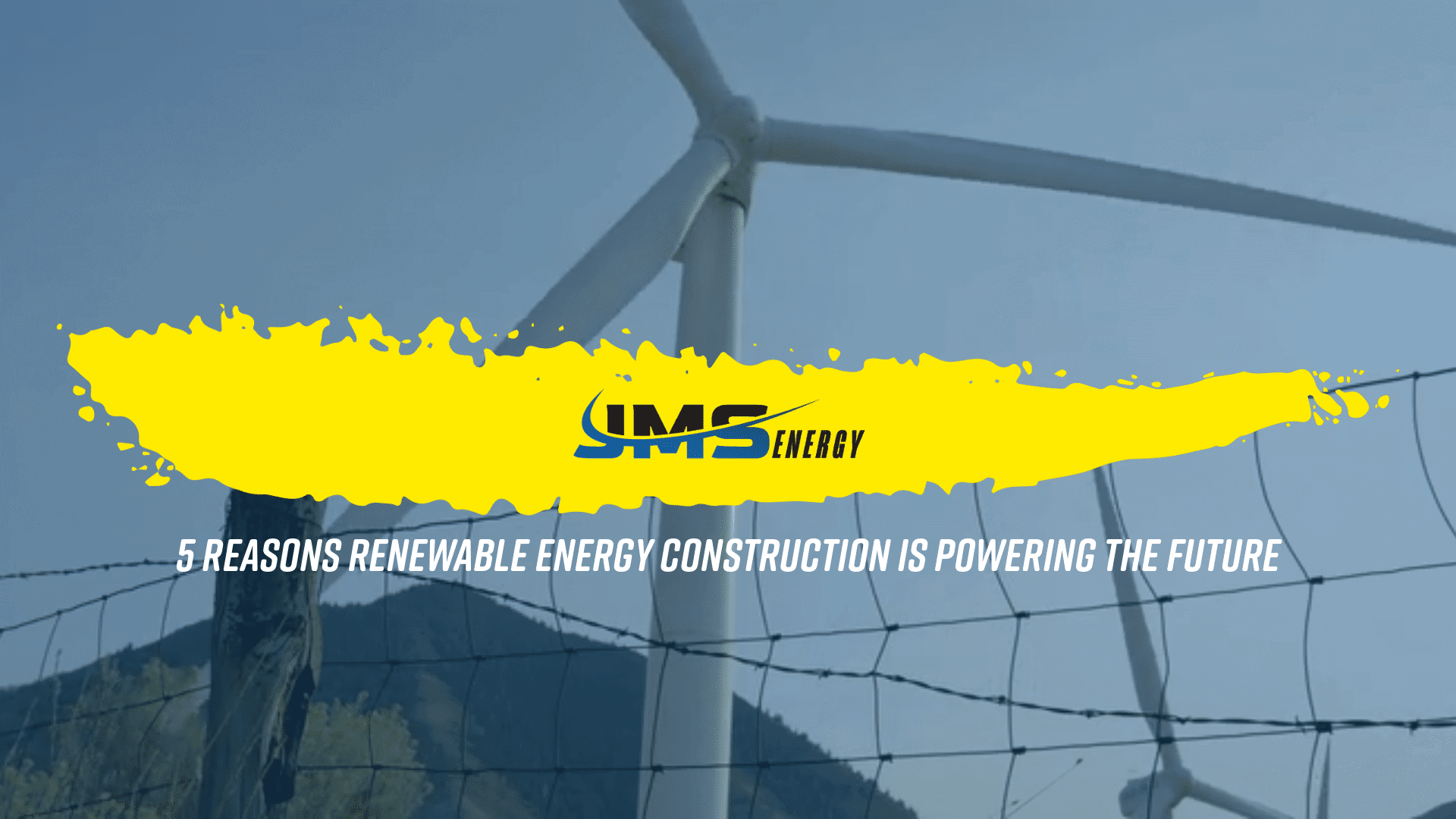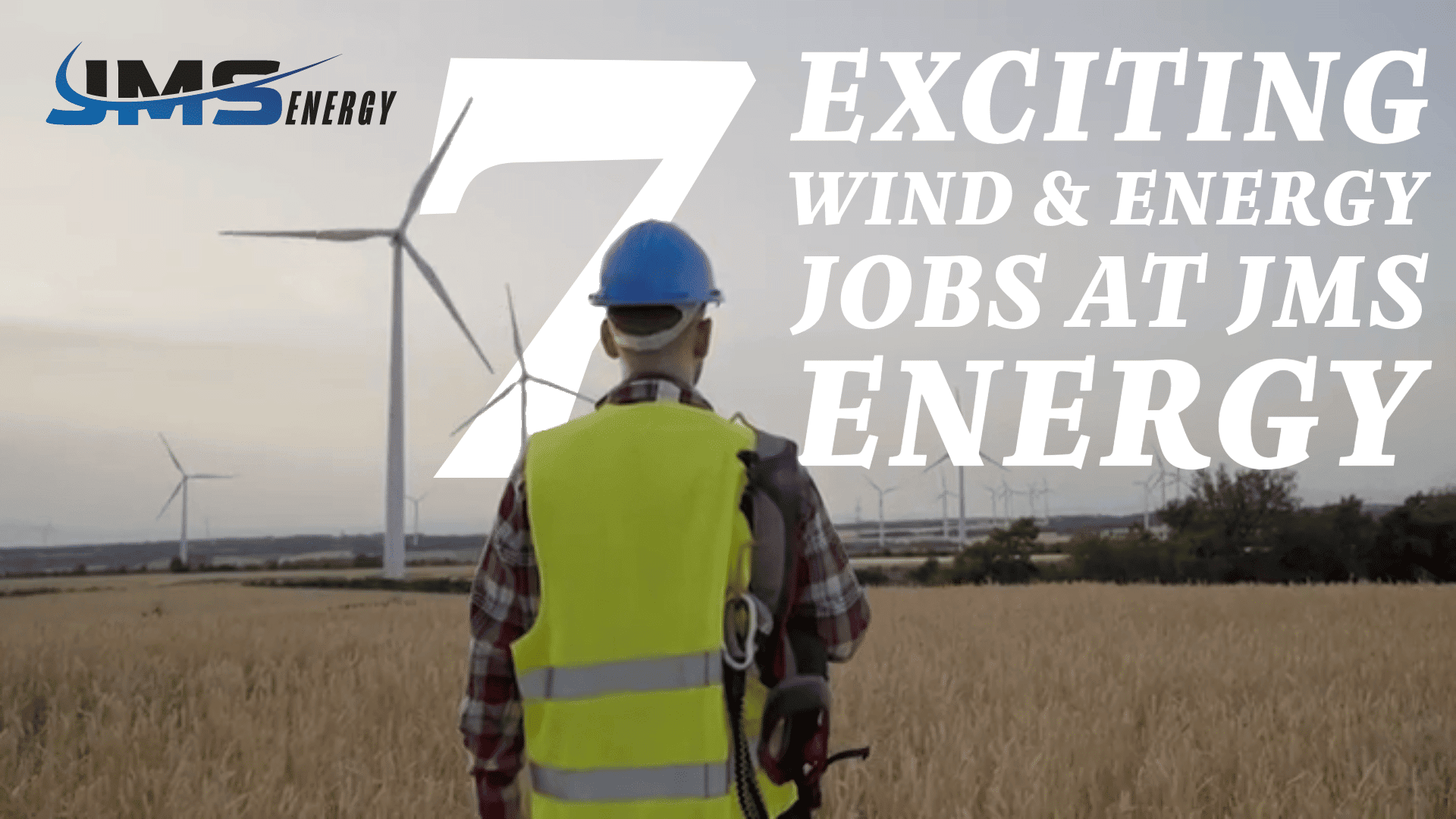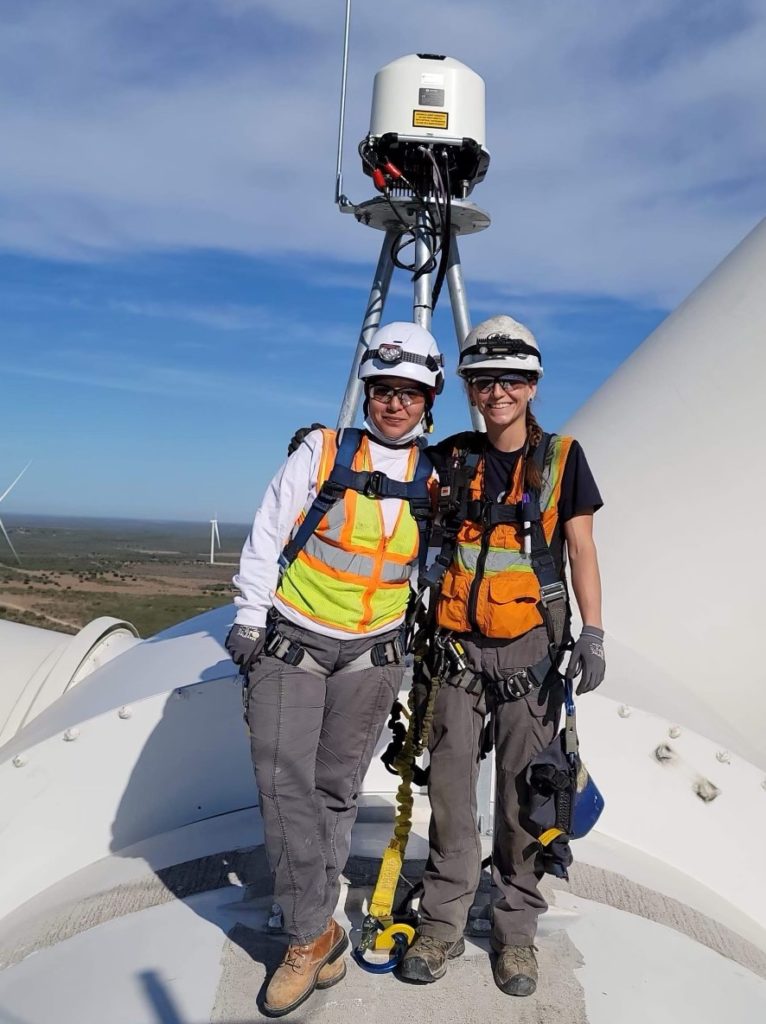Substation construction is a crucial component in the power distribution network, ensuring the efficient delivery of electricity from generating stations to residential and commercial consumers. As electricity demand continues to rise globally, the importance of robust and well-constructed substations cannot be overstated. Below is a comprehensive FAQ about substation construction, discussing its significance, processes, and how JMS Energy stands out as a leader in offering top-notch construction services.
Table of Contents
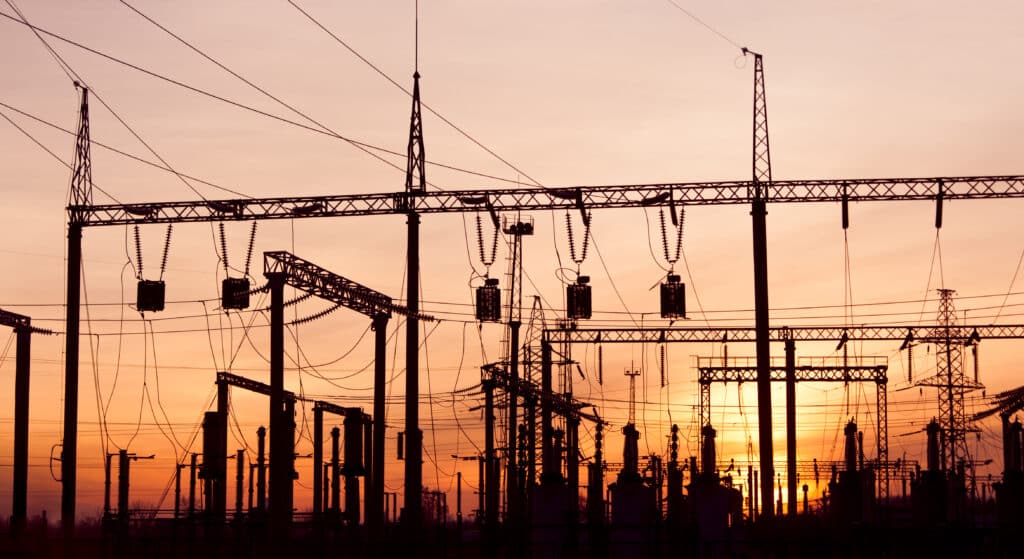
What is a Substation?
A substation is an integral part of an electrical generation, transmission, and distribution system. Its main functions include transforming voltage from high to low or the reverse, using transformers, regulating electricity flow, and ensuring safety mechanisms through circuit breakers. Substations can vary significantly in size and complexity based on their functions, whether it’s for an electricity distribution grid or a large-scale transmission network.
Why is Substation Construction Important?
1. Facilitating Reliable Power Supply
Substations play a critical role in maintaining the stability and reliability of power supply. They allow for voltage regulation and power distribution, reducing the chances of power outages and ensuring a seamless flow of electricity.
- Voltage Transformation: By altering voltage levels, substations ensure that electrical energy is transmitted efficiently over long distances, minimizing loss.
- Load Balancing: Substations can distribute power load effectively, helping avoid overloading circuits that could lead to system failures.
2. Supporting Growth and Development
As urban areas expand and economies develop, the demand for electricity surges. Efficient substation construction meets increasing demand while supporting infrastructure growth. Well-planned substations are crucial for:
- Economic Development: By providing a reliable power source, substations facilitate industrial growth and attract businesses.
- Urban Expansion: New constructions and urban projects rely heavily on efficient power distribution, which substations support.
3. Enhancing Grid Resilience
Modern substations incorporate advanced technologies for grid resilience, ensuring systems can endure extreme weather and other stressors. This resilience reduces downtime, preventing financial losses and ensuring public safety.
- Smart Grids: Substations often include smart technology that offers real-time monitoring and greater adaptability to fluctuating demands.
- Disaster Preparedness: With robust designs, substations can withstand natural calamities, ensuring continued power delivery during emergencies.
What are the Main Components of Substation Construction?
Substation construction involves a myriad of components and systems, requiring careful planning and integration. Key components include:
- Transformers: Essential for changing voltage levels between high and low, suitably matching the transmission and distribution needs.
- Circuit Breakers and Switchgear: Protect electrical circuits and equipment from damage by interrupting fault currents.
- Busbars: Facilitate power distribution within the substation.
- Control and Protection Equipment: Ensure safe and efficient operation by monitoring system performance and automating responses to anomalies.
- Support Structures and Foundations: Durable construction is key to ensuring the stability and longevity of all components.
An effective substation construction project requires careful site preparation, installation, testing, and commissioning to ensure all components function harmoniously.
How Long Does it Take to Construct a Substation?
The construction timeline for a substation can range from several months to a few years, depending on factors such as:
- Project Scale and Complexity: Larger and more complex substations naturally require longer construction timelines.
- Location and Environmental Considerations: Local regulations, environmental impact assessments, and accessibility can influence construction speed.
- Technology and Design: The integration of newer technologies can extend time frames but ultimately enhance output efficiency.
Effective planning and project management are vital to minimizing delays and ensuring timely completion.
How Does JMS Energy Excel in Substation Construction Services?
1. Expertise and Experience
JMS Energy has a wealth of experience in substation construction, partnering with industry leaders and utility companies to deliver high-quality solutions. Their team of seasoned professionals ensures that all projects meet industry standards and regulatory requirements.
- Skilled Personnel: JMS Energy boasts a team of experts adept in the latest technological advancements and construction techniques.
- Proven Track Record: With numerous successful projects, JMS Energy is a trusted name in the industry.
2. Comprehensive Service Offering
JMS Energy provides a full suite of services from initial planning and design to construction and maintenance. Their comprehensive approach covers:
- Custom Engineering Solutions: Tailored designs to meet client-specific needs and site conditions.
- End-to-End Project Management: Ensuring seamless progression from planning through execution, meeting deadlines and budget constraints.
- Maintenance and Support: Post-construction services for ongoing maintenance, system upgrades, and troubleshooting.
3. Commitment to Quality and Sustainability
Quality and sustainability are at the core of JMS Energy’s operations. They are committed to delivering projects that not only meet quality standards but also embrace sustainable practices.
- Sustainable Practices: JMS Energy prioritizes environmentally friendly construction practices to minimize carbon footprint and promote energy efficiency.
- Quality Assurance: Rigorous quality checks and testing protocols ensure that all components and systems operate flawlessly upon completion.
4. Innovative Solutions and Technologies
JMS Energy integrates cutting-edge technologies into their projects, ensuring that their substations are equipped to handle future demands and smart grid functionalities.
- Smart Grid Integration: JMS Energy leads with innovative solutions for real-time monitoring and flexible grid management.
- Advanced Safety Features: Implementing state-of-the-art safety mechanisms to protect both the infrastructure and the environment.
Conclusion
Substation construction is a critical aspect of electrical power distribution, significantly affecting the reliability, efficiency, and sustainability of energy supply systems. With growing electricity demands across the globe, efficient and well-constructed substations have never been more vital. JMS Energy stands at the forefront of this important industry, offering unparalleled expertise, quality, and innovative solutions to meet the complex challenges of modern power distribution. Whether constructing a new substation or upgrading an existing one, JMS Energy provides outstanding services that ensure optimal operation and support future growth.

